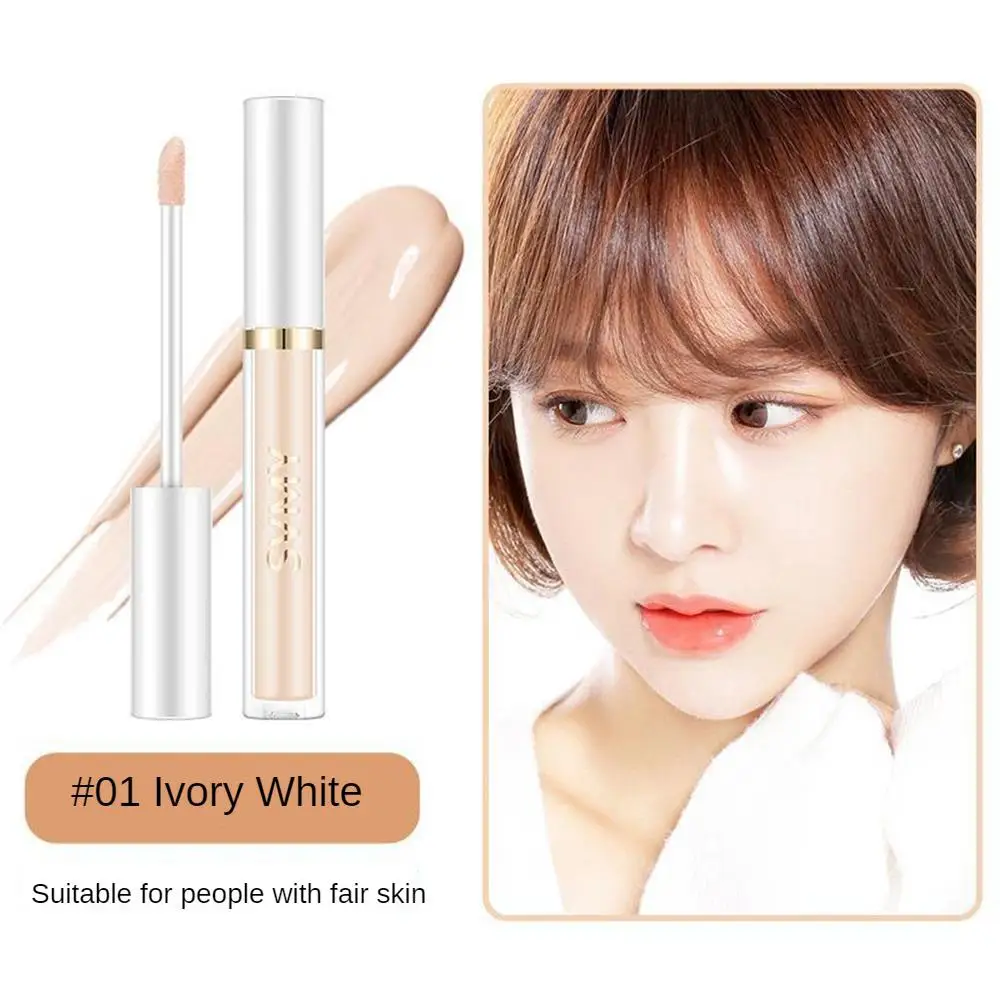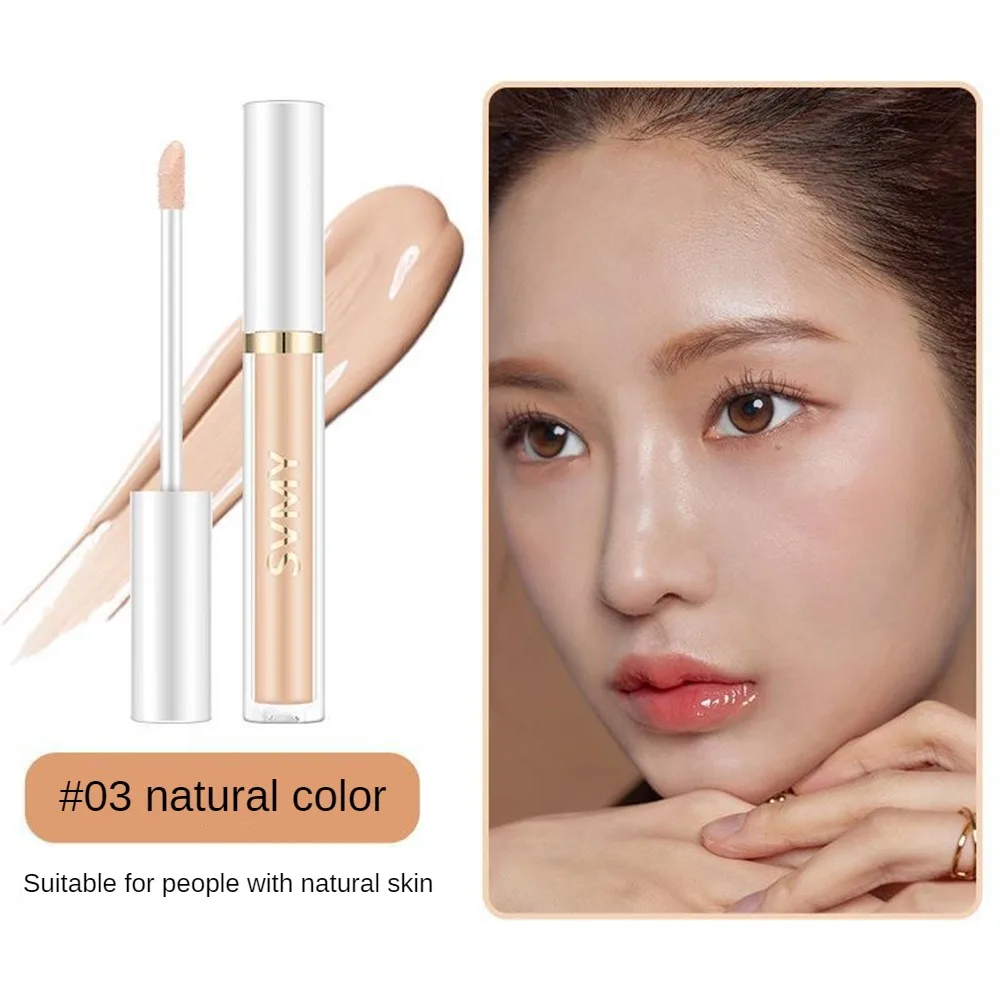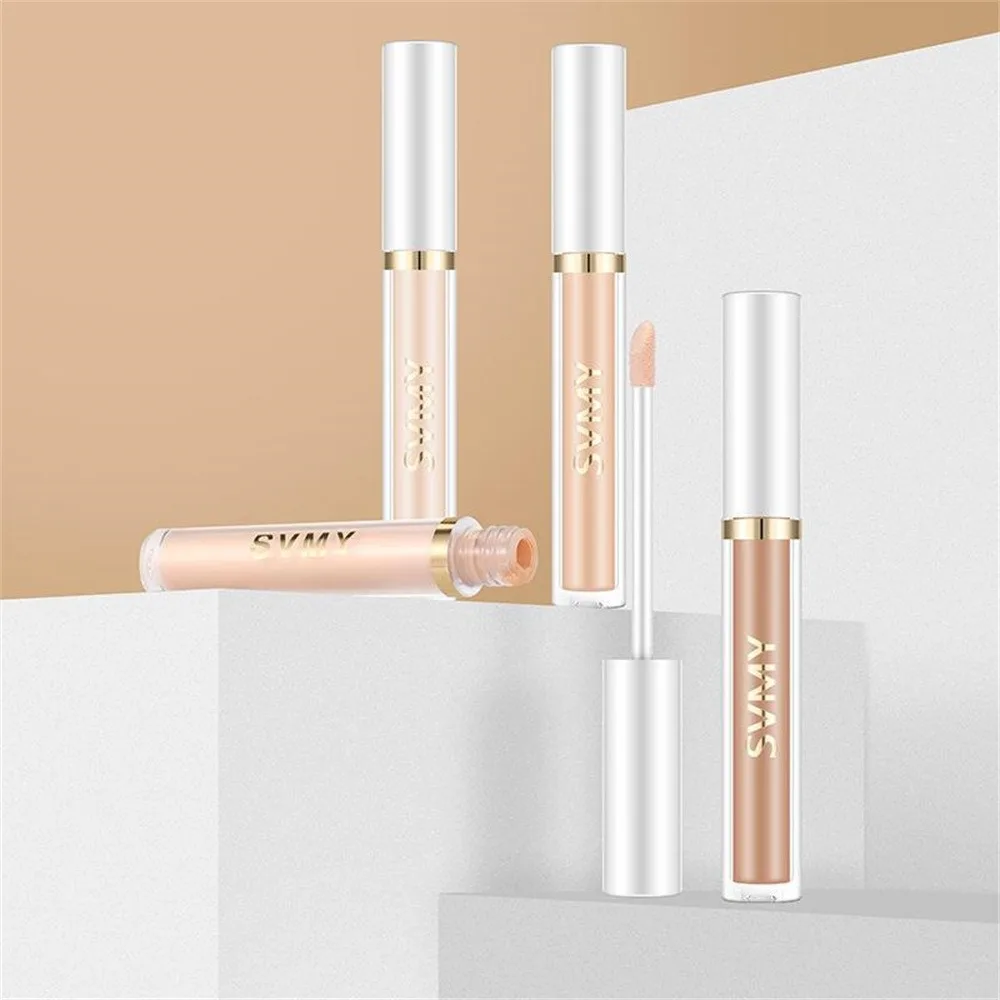Introduction
Applying concealer can seem daunting, but with the right techniques, you can achieve a flawless look. Concealer helps cover blemishes, dark circles, and other imperfections on your skin. In this guide, we’ll break down how to put on concealer. We will also provide tips and tricks to ensure your makeup lasts all day. Let’s dive in!

Understanding Concealer
What is Concealer?
Concealer is a type of makeup that hides imperfections on the face. It comes in various forms, including liquid, cream, and stick. Each type has its own advantages. Liquid concealers are often lightweight and easy to blend. Cream concealers offer more coverage but can be thicker. Stick concealers are convenient for on-the-go touch-ups.
Choosing the right concealer is essential. Your choice should depend on your skin type, the area you want to cover, and the finish you prefer. For example, if you have dry skin, opt for a creamy formula that hydrates. If you’re looking to cover dark circles, a liquid concealer with good pigmentation can work well.
Why Use Concealer?
Concealer serves several purposes. It helps cover dark circles, blemishes, redness, and hyperpigmentation. It can also brighten areas of the face to create a more awake look. Using concealer correctly can enhance your overall appearance and boost your confidence.
Knowing how and where to apply concealer makes a big difference. You want to achieve a natural look without heavy makeup. When done right, concealer can create the illusion of clearer skin, making your complexion appear even.
Preparing Your Skin
Step 1: Cleanse Your Face
Before applying any makeup, start with a clean canvas. Use a gentle cleanser to remove dirt, oil, and any leftover makeup. This step ensures that your concealer goes on smoothly and adheres well.
After cleansing, pat your face dry with a clean towel. Avoid rubbing your skin, especially around the delicate eye area. Rubbing can cause irritation and puffiness, which you want to avoid when applying concealer.
Step 2: Moisturize
Moisturizing is vital for preparing your skin. Use a lightweight moisturizer suitable for your skin type. If you have oily skin, choose a gel-based moisturizer. For dry skin, opt for a creamier formula.
Apply the moisturizer evenly across your face, focusing on areas prone to dryness, like under your eyes. Allow the moisturizer to absorb fully before moving on to makeup. This step helps create a smooth base for your concealer, ensuring it blends seamlessly.
Step 3: Apply Eye Cream
If you are covering dark circles, consider using an eye cream. An eye cream provides extra hydration and can help reduce puffiness. Look for ingredients like caffeine or hyaluronic acid.
Gently tap a small amount of eye cream around your eyes using your ring finger. This finger applies the least pressure, making it ideal for this sensitive area. Allow the eye cream to absorb before applying concealer. This step can make a significant difference in how your concealer looks.
Choosing the Right Concealer
Step 4: Select Your Shade
Choosing the right shade of concealer is crucial for achieving a natural look. For dark circles, select a shade that is one or two tones lighter than your foundation. This lighter shade brightens the under-eye area.
For blemishes, choose a shade that matches your foundation. This match helps conceal imperfections without drawing attention to them. Test concealers on your jawline or wrist to find the right color.

Step 5: Consider the Formula
As mentioned earlier, concealers come in various formulas. For under-eye circles, liquid or creamy formulas work best. They provide good coverage without looking cakey. For blemishes, a thicker formula may be more effective since it offers more coverage.
Always test the formula before purchasing. Apply a small amount to see how it blends and wears throughout the day. Consider factors like your skin type and the climate you live in as they affect how the concealer performs.
Application Techniques
Step 6: Use the Right Tools
The tools you use can greatly impact the application of your concealer. Makeup sponges, brushes, and your fingers are all options. A damp makeup sponge is excellent for blending concealer, especially for under-eye circles. It provides a seamless finish.
If you prefer precision, use a small brush. Brushes allow for targeted application, especially on blemishes. Your fingers can also work well, as the warmth helps the product melt into the skin.
Step 7: Apply Concealer to Dark Circles
To apply contour stick to dark circles, start with a small amount. Use your chosen tool and dot the concealer at the inner corner of your eye. This area is usually the darkest. Then, gently blend the concealer outward and upward toward the temple.
Step 8: Cover Blemishes
When covering blemishes, use a different technique. Instead of dabbing concealer all over the area, use a small brush or your fingertip to apply it directly onto the blemish. Pat it gently until it blends into your skin.
Make sure to use a shade that matches your foundation. This match helps the blemish blend seamlessly into your skin. If needed, set it with a small amount of translucent powder to keep it in place.

Setting Your Concealer
Step 9: Set with Powder
Setting your contour stick is essential, especially for the under-eye area. Use a translucent setting powder to lock everything in place. A small, fluffy brush works well for this.
Step 10: Finish Your Look
Once your concealer is set, you can complete the rest of your makeup routine. Apply foundation, blush, and other products as desired. Make sure to blend everything well for a cohesive look.
Remember to check your makeup throughout the day. If you notice any creasing or fading, you can do quick touch-ups. A little extra powder can help refresh your look without needing to reapply everything.
Troubleshooting Common Issues
Dealing with Creasing
If you notice creasing under your eyes, it might be due to too much product. Always start with a small amount and build up if necessary. Setting the concealer with powder can also help prevent creasing.
Another tip is to use a hydrating eye cream before applying concealer. This helps keep the area moisturized and can reduce the likelihood of creasing.
Maintaining Your Look Throughout the Day
Touch-Up Tips
Throughout the day, you may need to do touch-ups. Keep a small concealer stick or powder in your bag for quick fixes. If you notice any imperfections peeking through, use a tiny amount of concealer and blend gently.
Always carry a small mirror to check your makeup. This way, you can ensure everything looks fresh. Remember that less is more when touching up. Just a little product can go a long way.
Evening Routine
At the end of the day, it’s important to remove your makeup properly. Use a gentle makeup remover or micellar water to cleanse your face. This step helps prevent clogged pores and breakouts.
Follow up with your regular skincare routine. Moisturizing after cleansing ensures your skin stays hydrated overnight. Taking care of your skin is just as important as applying makeup.
Conclusion
Applying concealer doesn’t have to be complicated. With the right preparation and techniques, you can achieve a flawless look. Start by understanding your skin and choosing the right products. Prepare your skin properly and use the correct application methods.
Remember to set your concealer and maintain your look throughout the day. Troubleshoot common issues as they arise and don’t hesitate to adjust your approach. With practice, you’ll master the art of concealer application, enhancing your natural beauty along the way. Enjoy your journey to perfecting your makeup skills!
